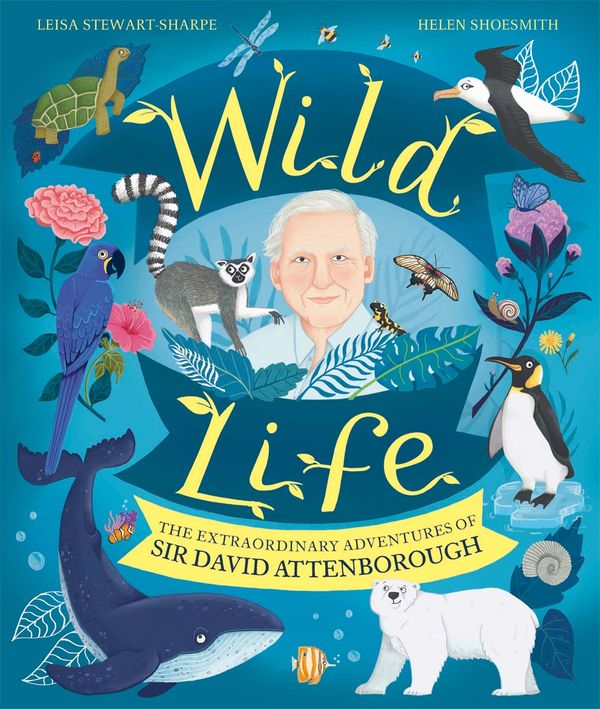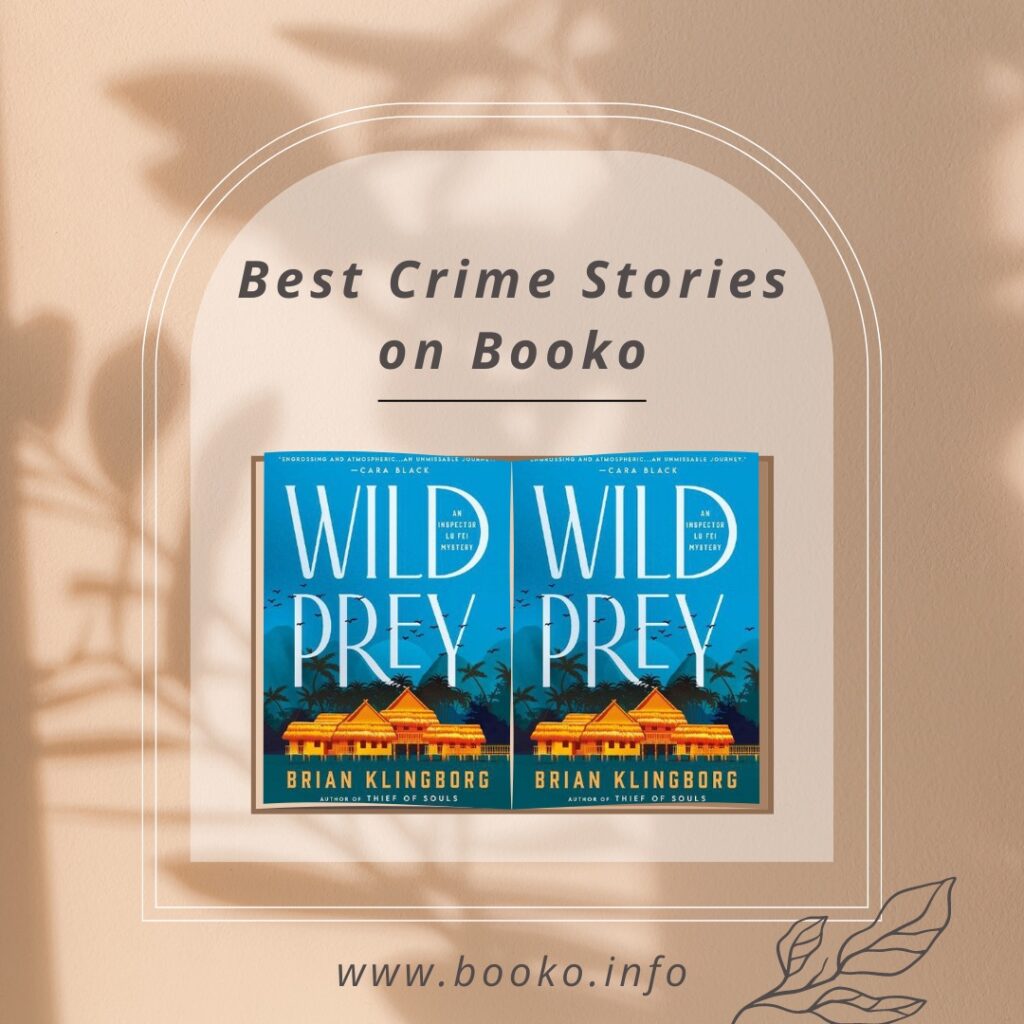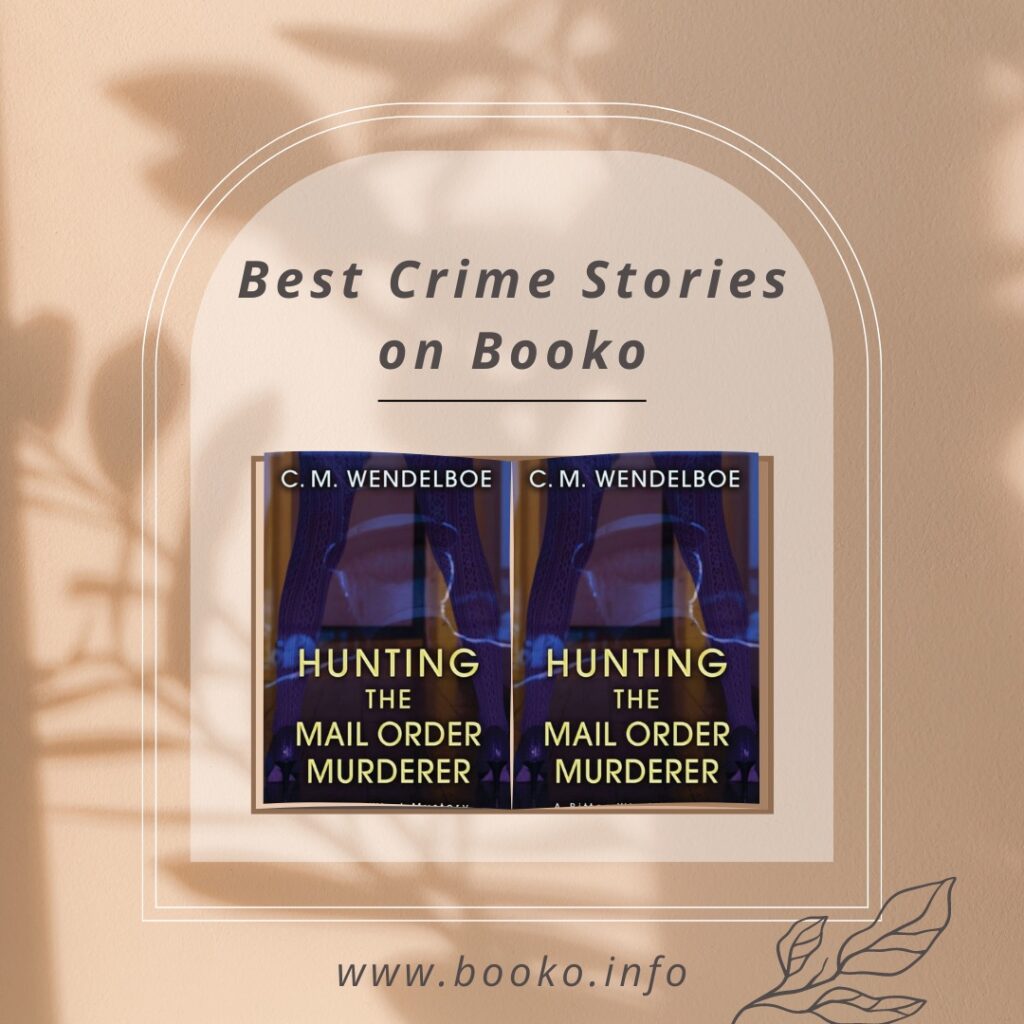Photography is often a skill to learn sitting on people’s hobby wish-lists and it is no secret that Team Booko loves taking photos too. We have scoured the internet looking for books to not only inspire you but to also offer tips and tricks for those who would like to take a plunge into this creative world.
It would be remiss of us to share our favourite photography books and not include our very own photographic inspiration based here in Melbourne in the form of Chris Cincotta. Chris is behind the lens of the Humans In Melbourne facebook page (you can follow his work here) and @melbourneiloveyou on Instagram. Chris takes a photo each and shares it every day and, not surprisingly, has some wonderful coffee table books available on his website.
Understanding Street Photography: An Introduction to Shooting Compelling Images on the Street by Bryan Peterson
Discover the secrets to mastering street photography from an acclaimed international photographer, teacher, and best-selling author, Bryan Peterson. Street photography enables us to experience the world through a new lens. In Understanding Street Photography, readers will learn the techniques behind images taken around the globe, from the vibrant streets of Varanasi, India, to the crowded walkways of the Charles Bridge in Prague, and so many other corners of the world. In this master class, street photography is defined as images that convey evidence of human interaction, whether that’s a striking cityscape, an image of rush-hour foot traffic, the remains of a half-eaten sandwich, or a pedestrian portrait. Along the way, Peterson shares 120 “mini diaries” the story behind each image; the thought process; the arrangement of the composition; the psychology of the colours; and the lens, aperture, shutter speed, and ISO for readers to replicate his work. Professional and aspiring photographers alike will learn how to produce posed and candid compositions, capture light and movement, and work with shadows, weather, and architecture, and hone your craft. Through lessons, exercises, and anecdotes, Peterson shares his best tips for capturing the unpredictable world of urban life in motion.
Photographers on Photography by Henry Carroll
Think you know photography? Think again. Through a carefully curated selection of quotes and images, this book reveals what matters most to the masters of photography. With accompanying text by Henry Carroll, author of the internationally bestselling Read This If You Want To Take Great Photographs series, you’ll learn what photography actually means to the giants of the genres and how they developed their distinctive visual styles. Divided into clear sections, quotes offer intimate insights into “the camera”, “the photograph”, “taking pictures”, “style, subject matter and technique” and ultimately answer that all-important question-“what exactly is photography?” in wildlife.
Flora Photographica: The Flower in Contemporary Photography by William A. Ewing and Danaé Panchaud
Vivid, bold, spectacular and unexpected: a definitive overview of one of contemporary photography’s most innovative fields, showcasing flower imagery by more than 120 of the world’s leading practitioners. There has never been a period in photography’s long history – no school, no movement – when flowers have not been a central focus, whether in the form of the classic still life, the botanical study, incorporated into portraiture and studies of the human body, documented in street photography, or used subversively in surrealist collage and montage. Today, flower photography remains in full bloom, with photographers the world over depicting flowers and floral motifs in novel ways. Featuring works by more than 120 photographers, Flora Photographica links the very best of flower photography from the past thirty years with its predecessors. Vibrant and abundant with myriad species of flora, this stunning book is both a celebration of organic beauty and a keen look at the meaning of flowers in human culture – not to mention an insightful look at a key aspect of contemporary photography – making it a must-have publication for lovers of flowers and photography alike.
How I Make Photographs by David Yarrow
For over two decades, legendary British photographer David Yarrow has been putting himself in harm’s way to capture immersive and evocative photography of some of the world’s most revered and endangered animal species. With his images heightening awareness of endangered species and also raising huge sums for charity and conservation, he is one of the most relevant photographers in the world today. Featuring his 150 most iconic photographs, David Yarrow Photography offers a view of some of the world’s most compelling and threatened species. This collection of stunning images, paired with Yarrow’s first-person contextual narrative, offers an insight into a man who will not accept second best in the relentless pursuit of excellence.
Take Photographs, Not Snapshots: The Essential Elements of Photography by Cider Mill Press
There is no reason to be intimidated by your camera, as this book is ideal for the beginner looking to learn more or the professional looking for a quick reference guide on location. Take your photos from so-so to stunning with techniques to help you understand aperture, depth of field, lighting, and composition. With guides for both digital and traditional cameras, as well as smartphones, upgrade your photography game on any platform with ease. Don’t just settle for a good enough picture, become a master photographer with Take Photos, Not Snapshots.
How Do I Photograph A Sunset? by Chris Gatcum
How do we learn? We learn by asking questions. But what if we don’t know what questions we should be asking? Thanks to the digital revolution, photography has never been so popular, and whether you shoot on a phone or a top-spec DSLR or CSC camera, the urge to improve is relentless. In this book, author Chris Gatcum asks the questions that every photographer will have in mind at some point in their image-making journey, and then answers them in a clear, concise, straightforward and inspirational manner. Laid out in intuitive sections, this book tackles the questions that are on every photographer’s mind, as well as those that they haven’t thought of yet. And with a clear progression through each chapter, from the simple to more complex, the book asks and answers questions to satisfy the complete novice as well as the advanced practitioner.
Enjoy!












































